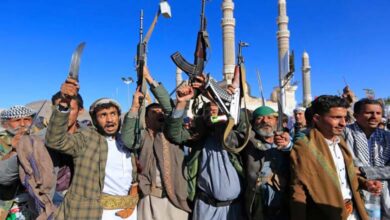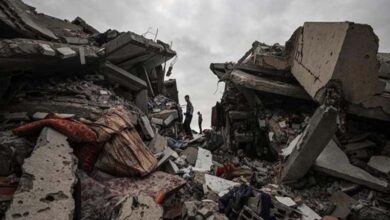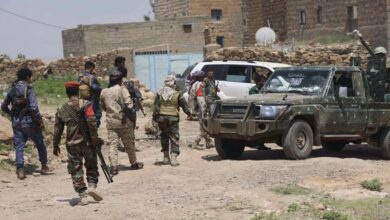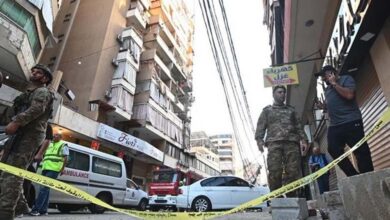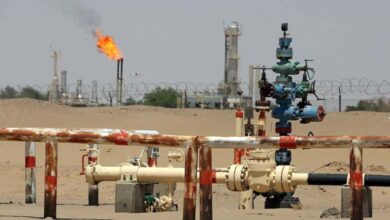From Death to Death: Stories of Escape from the Hell of Gaza
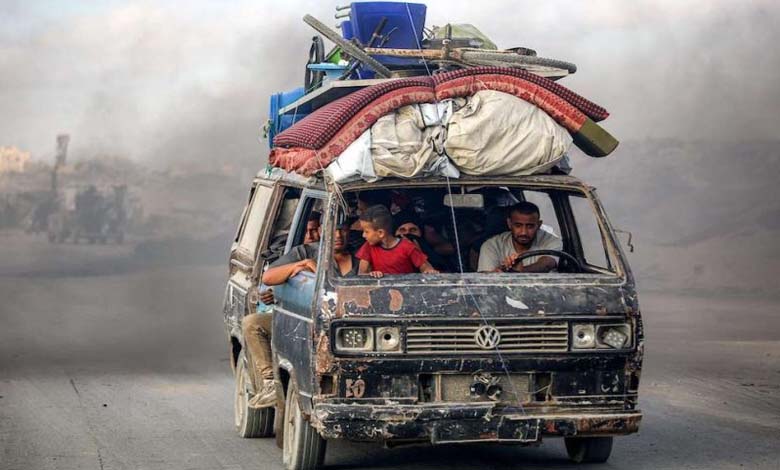
When war reaches its peak, major cities become open arenas of destruction and mass displacement, as is happening today in Gaza City.
On Tuesday, Israel announced it had launched a large-scale ground offensive against the city, defying international condemnation, as Palestinians fled the enclave’s largest urban center in waves amid relentless bombardment.
-
Israel expands its operations in Gaza: deaths, evacuation orders, and relentless bombardment
-
The Night of the New York Declaration in Gaza: Heavy Bombardments and Dismembered Bodies
Israeli officials said the long-awaited incursion began on the city’s outskirts, following a week of intensified airstrikes and the leveling of high-rise buildings.
Defense Minister Israel Katz declared on Tuesday: “Gaza is burning,” adding that the army was working to ensure “the release of hostages and the defeat of Hamas.”
Prime Minister Benjamin Netanyahu described this phase of the war as “critical,” noting that the assault targeted what his government considers one of Hamas’s last remaining strongholds.
-
Quarter of a million displaced from Gaza City as Israel vows to defeat Hamas
-
The bitter memory of displacement keeps them from fleeing south… Painful stories from the heart of Gaza
Escalation under accusations of “genocide”
The offensive comes as the United Nations and humanitarian organizations warn that the attack will worsen an already dire humanitarian crisis, with parts of Gaza officially declared in famine.
Around one million people—nearly half of the enclave’s population—live in Gaza City and its surroundings. Israel has sought to force residents to evacuate, but the army claimed that only about 40% had left so far, figures that could not be independently verified.
An independent UN investigation released Tuesday concluded that Israel is committing “genocide” in Gaza, finding that civilians had been “collectively targeted for their identity as Palestinians.”
Israel dismissed the report as “false” and called for the commission’s dissolution.
-
The Doha Attack and Gaza Negotiations: Towards a Faster Deal or a Prolonged Deadlock?
-
Forced evacuation orders precede Gaza’s hurricane: the city of one million under threat
A recurring scene of devastation
For nearly two years, Gaza City had largely avoided the devastation inflicted on Rafah and Khan Younis in the south, but it now faces the same grim fate.
On Tuesday, at least 93 Palestinians were killed in northern Gaza alone, with more than 100 reported dead across the enclave, according to local health authorities.
After a night of intense bombardment, residents attempted to salvage their belongings while fleeing. International news agencies broadcast images of neighborhoods like Sheikh Radwan reduced to rubble, as families carried bags and blankets through the debris in search of shelter further south.
-
Gaza Truce: Trump Anticipates a Deal Soon, Hamas Responds
-
Israelis Appeal to Trump to End the Gaza War, Having Lost Faith in Netanyahu
Overhead, Israeli drones hovered as locals described the strikes as some of the heaviest in months.
“Fear, fear, everything is fear,” said Maysar al-Adwan, drenched in sweat while carrying mattresses and blankets on his head.
Rawan al-Salmoni, a mother of four, sat on a sidewalk near a destroyed building, holding her youngest child. She admitted she thought she would die during the latest wave of airstrikes: “We said, by God, we are going to die here. It’s a miracle we survived.”
-
Gaza Between the Tents of Hunger and the Shadow of 1948: Is Another Nakba Looming?
-
Gaza Truce: Washington Delivers Principles of a Comprehensive Deal to Hamas via Israeli Mediator
“From death to death”
For many, this was not the first displacement. Crowds packed the coastal al-Rashid highway, where traffic was gridlocked.
“Do you think we are leaving on a picnic?” asked Ahmed Abu al-Houl, standing on a small truck along Salah al-Din Street. “We are fleeing destruction and ruin. But we are moving from death to death, not from death to glory. The situation is unbearable.”
-
Gaza War: 700 Days of Bombardments, Displacement, and Famine
-
Israel warns Gaza tower residents before targeting it and calls for evacuation of the city
UN High Commissioner for Human Rights Volker Türk urged the international community to prevent Israel from overrunning Gaza City: “It is abundantly clear that this massacre must stop immediately.”
UNICEF warned that any further escalation would “multiply children’s suffering exponentially,” noting that 450,000 children in Gaza already face starvation, trauma, and the collapse of medical care.
The Palestinian presidency issued a statement calling the assault a “war crime against humanity” and appealed for urgent international intervention, particularly from the United States.


